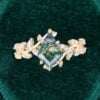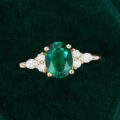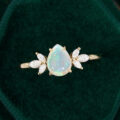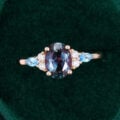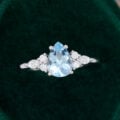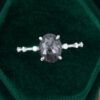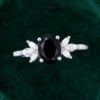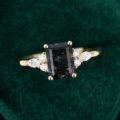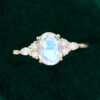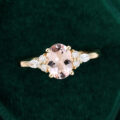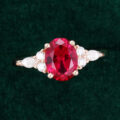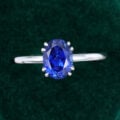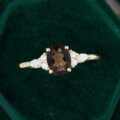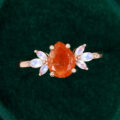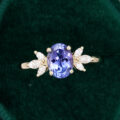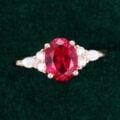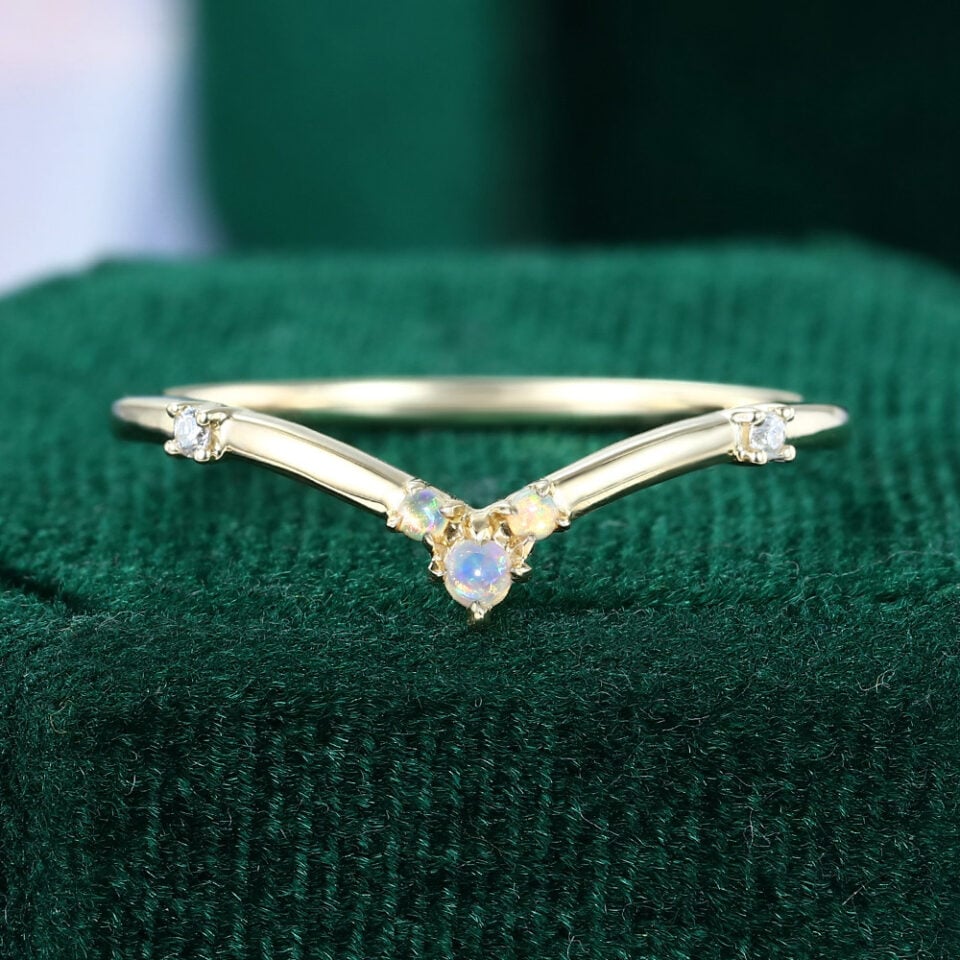💖 Six Years, Countless Moments ✨ Celebrate our 6th anniversary with 25% OFF - CODE: SIXTH 🎉
✨ Six years of Craftsmanship, countless Moments
Cheers to our anniversary! 25% off code: SIXTH 🎉
Opal Rings
Showing 61–65 of 65 results
Explore our fascinating collection of opal rings, where beauty, individuality, and creativity come together in every handcrafted piece. Whether you’re searching for the perfect opal engagement ring to tell your unique love story, or a stunning opal wedding ring set, our range offers something truly one of a kind.
Our opal ring collection features stunning, iridescent white, pink, and blue opals that are 100% ethically sourced. Choose your preferred metal — from classic white gold, romantic rose gold, to timeless yellow gold and elegant sterling silver — and customize your own opal engagement ring that speaks to your personality and passion.
Discover a variety of shapes and styles: from the smooth, classic round and sophisticated oval cuts, to the delicate pear, chic cushion, and unique hexagonal and kite shapes. Each stone is selected for its exceptional clarity, sparkle, and authentic color — perfectly paired with dazzling diamonds, luminous moonstone, or brilliant sapphires to enhance your ring’s meaning and exposure.
Our designs honor the symbolism of opal — a stone of hope, passion, and individuality — making every ring a true reflection of your modern lifestyle and personal journey. Whether you prefer a minimalist look or an intricate set that dazzles with every angle, our handcrafted rings are designed to be worn daily and cherished forever.
FAQs About Opal Rings
The mesmerizing play of color in Opal makes it a uniquely beautiful gemstone for rings. But those looking to buy or wear Opal jewelry often have questions. Below, we answer some commonly asked Opal ring FAQs.
